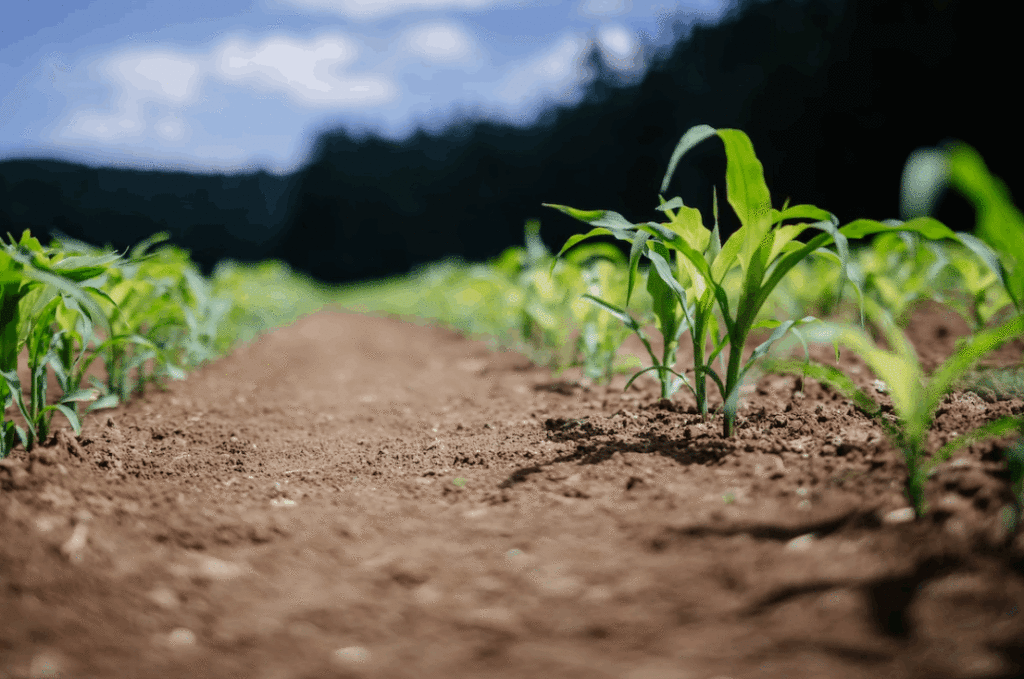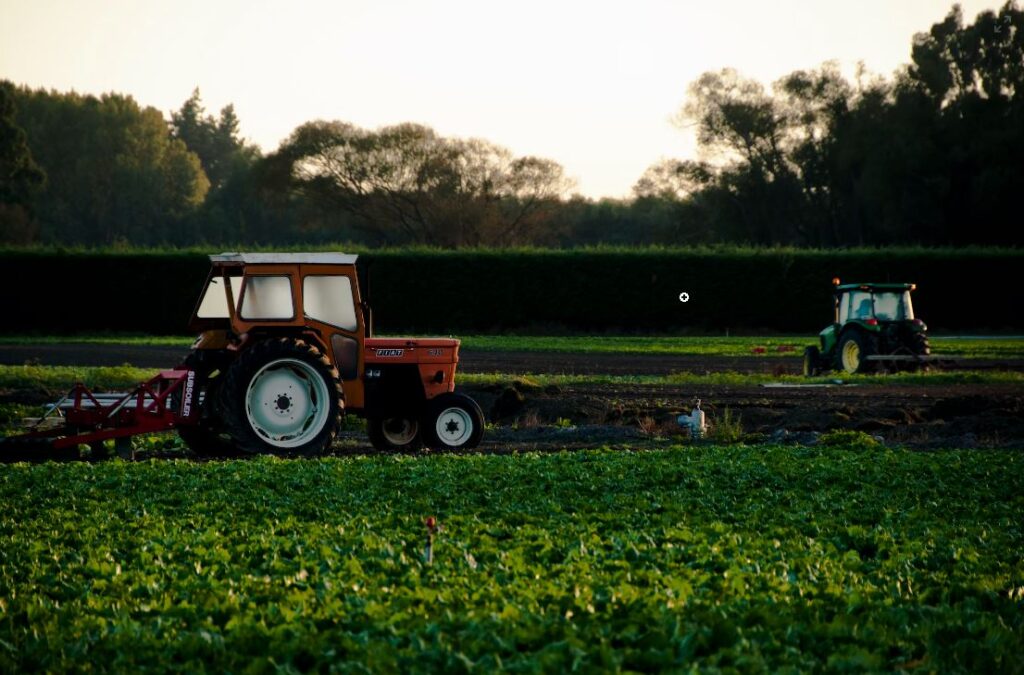Autonomous Robots Revolutionize Agriculture
Traditional agriculture is now at a critical stage: on one stance, consumers are increasingly becoming more aware of farming methods that are sustainable, and on another, pesticide and fertilizer use can have serious consequences. So, how do farmers reconcile more ecological methods with economic yields? One promising solution that’s growing in popularity is the utilization of autonomous robots, as they generally involve smart energy systems tailored for many agricultural functions.
Excessive pesticides and fertilization are impacting farmlands. Insects, microorganisms, and other essential small animals are falling victim to these measures, which seriously affects soil fertility. Through robotics, it’s possible to eliminate herbicide and pesticide needs like glyphosate. Through all-electric agricultural machines, weed control free of pesticides is no longer merely a dream but a reality.
Destroy weeds using advanced sensors
Depending on their agricultural tasks, you can equip smart and autonomous robots with tools like spikes or streamers, hooks, and sophisticated and advanced sensors to eliminate weeds without using potentially harmful chemicals. Moreover, some robots have multiple arms that are individually adjustable and multifunctional, giving them the potential to change the agricultural industry rapidly, heralding its transformation towards a more ecological sector without compromising high-yield cultivation.
Energy supply special requirements
Many experts believe that the use of autonomous robots is the future of harvesting crops, plowing fields, and sowing seeds. However, operating in dirty and harsh outdoor environments can place high demands on energy supplies. Many providers of energy solutions depend on inductive energy transmission concepts to meet these demands. Contactless or wireless charging is another solution that can help support an AGV or automated guided vehicle—also called a mobile robot—especially when encapsulated in a system with an IP65 certification.
Greater productivity
While autonomous robots do require regular charging, they don’t get tired or fall ill, and can function with much closer tolerances than human workers. They’re also prone to fewer errors while operating at faster speeds. As they can be developed to be cheaper and lighter, they can be utilized in different agricultural fields. Despite their infancy in agricultural operations, the opportunities they provide for productivity are significant. Thus, they’re increasing in numbers and appearing in different guises on many farms, disrupting the agriculture and farming industries.
As previously mentioned, the autonomous operations of robots in agricultural work, like weed control, spraying, and fruit packing don’t just reduce labor costs considerably. But they can also drive down the environmental impact of the tasks while increasing their efficiency and precision in the process. Furthermore, they protect human workers since they can take on work that would otherwise be too challenging or dangerous to perform, such as handling harmful chemicals.
Conclusion
It comes as no surprise that robotics continues to be a growing trend, especially in industries like farming and agriculture. After all, not only are they able to improve the productivity and yield of cultivation. But they can also keep human workers safe by performing jobs that can potentially be harmful to their health. In addition, they have the capacity to make farming more ecological and minimize its impact on the environment.


